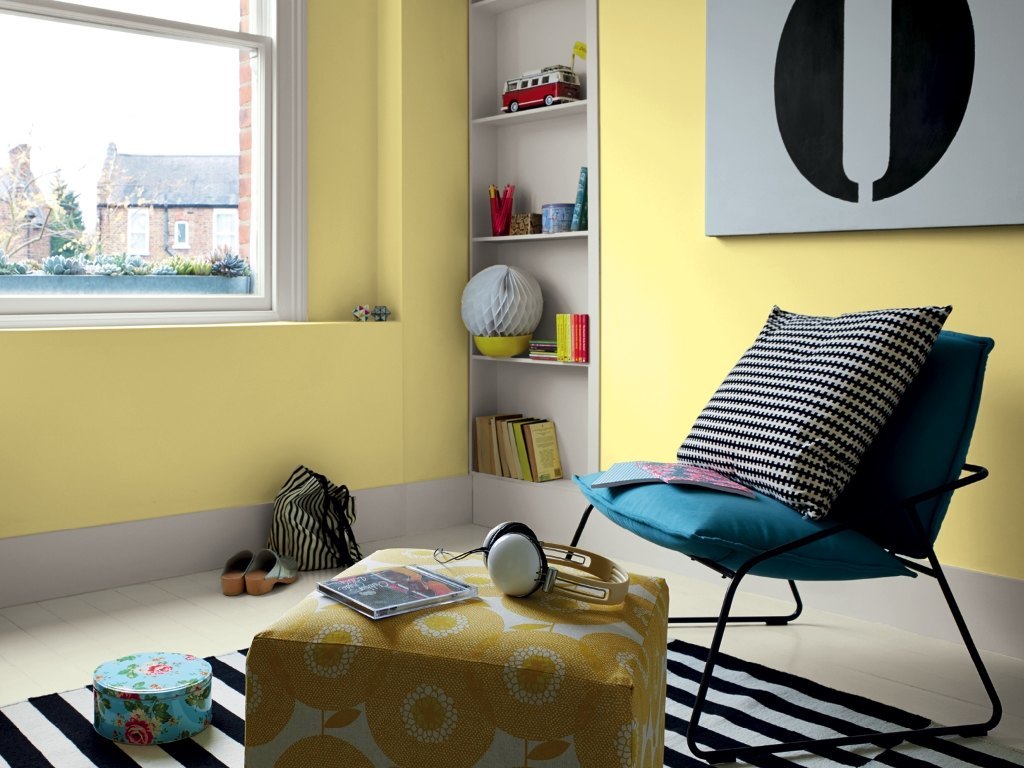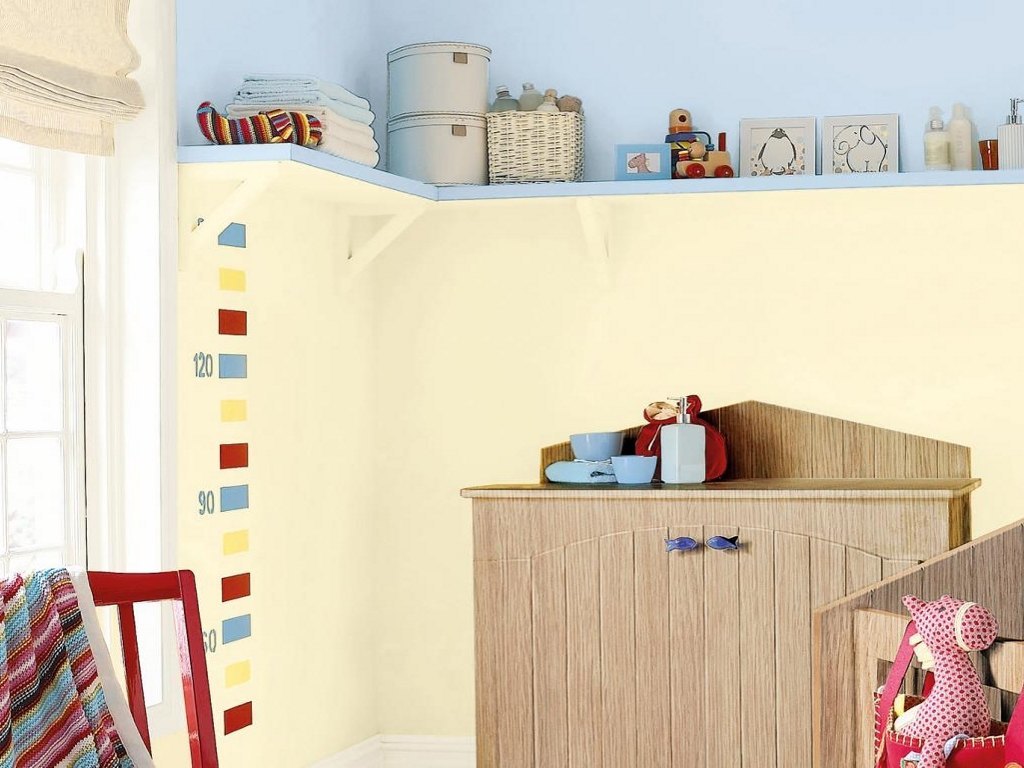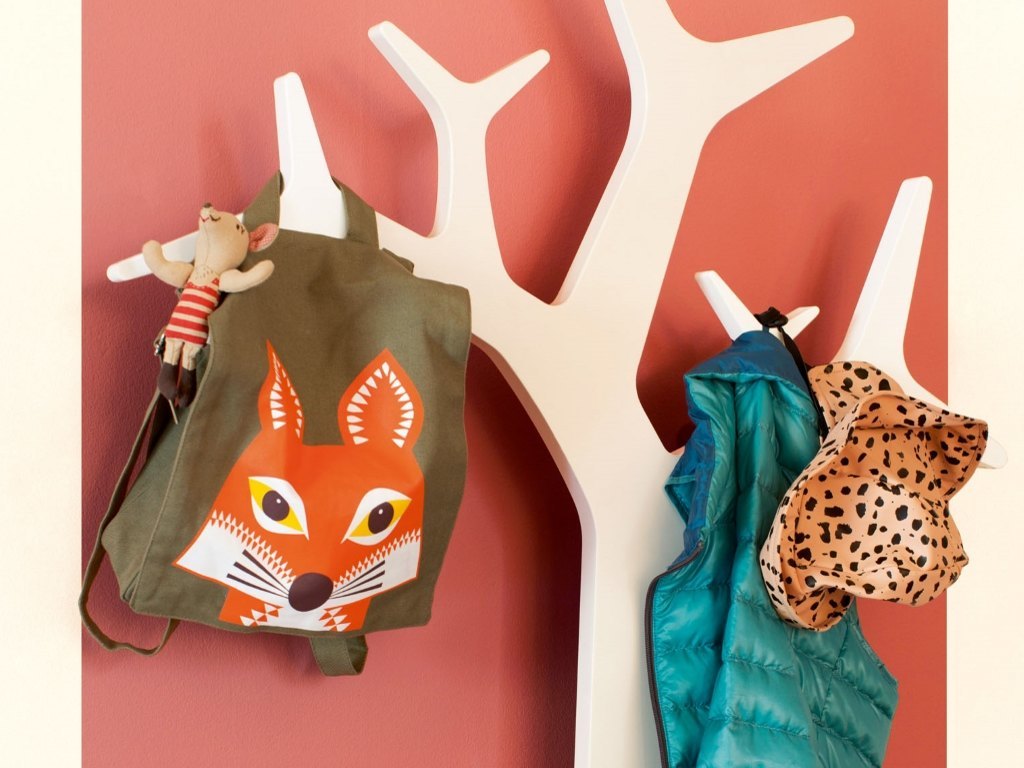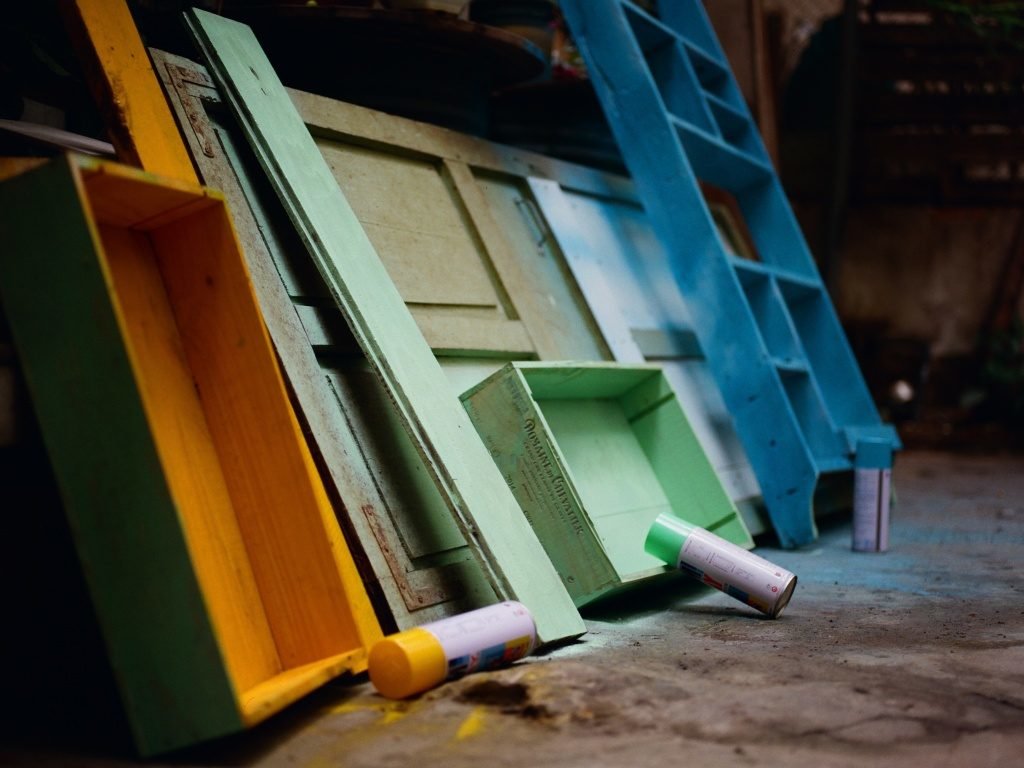How do you choose a colour for a child’s bedroom? It should be easy shouldn’t it? Yet colour can have a big impact on mood and as many children spend more than half their time in their bedrooms, it needs to a colour that makes the room a happy and relaxing room to be in.
You also need to think long term when choosing a colour or theme too, is it worth choosing something that can last a few years? If not, this may mean that you have to redecorate every couple of years as your child grows.
Before deciding on a colour, consider how much light comes into the rooms. Smaller rooms or rooms with smaller windows should be painted a lighter colour to create more light.
Keep curtains or blinds and flooring light too to really open up the room and add in mirrors and glass light fittings to create the illusion of more space. Don’t ever use a dark colour on the walls.
On the subject of choosing colour, long gone are the days where you chose pink for a girl and blue for a boy.
There are so many variations on colours that pretty much anything goes and if you can’t find that perfect colour in a tin, many larger DIY shops offer a paint mixing service to get that perfect colour every time.
Neutral Colours
Neutral colours can be a good choice, especially if the room is for a baby and you don’t know if it is a boy or girl and colours such as mint green and pale yellow are soft and playful but give a room an overwhelming sense of calm. Both colours work well with white or light brown furniture.

If you are considering even more natural neutrals such as sand-coloured, cream or magnolia, these can give rooms a light, airy and clean feel which look and feel warmer when the sun comes into the room.
Pastel Colours
If you want to add more colour but still keep the room light, pastel shades are the best choice. Younger children find pale, pastel colours reassuring and calming and this is the perfect atmosphere for sleeping and relaxing.

Keeping it pale does not mean it has to be boring, you can accessorise with variations of the chosen colour and even add in flashes of brighter colour. That way the colour and theme of the room will grow with your child. Pink, lavender, peach, beige, light blue; all of these colours are perfect.
Why Not Bright Colours?
Bright colours are vivid and create an atmosphere of energy and stimulation; the exact opposite of what you want at bedtime.

These sorts of colours work well in playrooms and classrooms for that very reason, these are environments where you want a child to be stimulated and for them to be energetic and using their imagination.
So is the choice of colour for a child’s bedroom such a big deal?
If you think about our association with colour, it really can be. Certain colours are a big no-no for bedrooms, such as red as this is linked with increased heart rate, danger and aggression and studies have shown that it can lead to a lack of focus.
Black is another one to avoid, apart from making a room extremely dark and gloomy it can lead to feelings of sadness and even depression. Both colours are great as accessories and to add colour but not on the walls.

Decorating Advice
Looking for some painting advice or decorating tips?
Blue
On a more positive note, blue has many positive attributes. It is comforting, relaxing, it can slow pulse rates and be cooling and soothing. This is the prefect colour to promote sleep and relaxation.
Green
Similarly to blue, green is another natural colour which promotes health and well-being along with a sense of calm and serenity. Green is also said to help with reading and concentration.
Orange
Orange is a colour that is often overlooked when it comes to bedrooms yet it can be a brilliant colour for children as it creates a feeling of warmth and happiness. It is also said to help children gain independence and confidence. There are lighter shades of orange such as apricot, which aren’t so bright.
Whatever choice you make, it is well worth taking all of these factors into consideration when making your colour choices. Ultimately you want your child to love their room and to sleep in it and a little thought and attention can ensure that you will all be happy.
*Colour suggestions from Dulux Colour Palette

